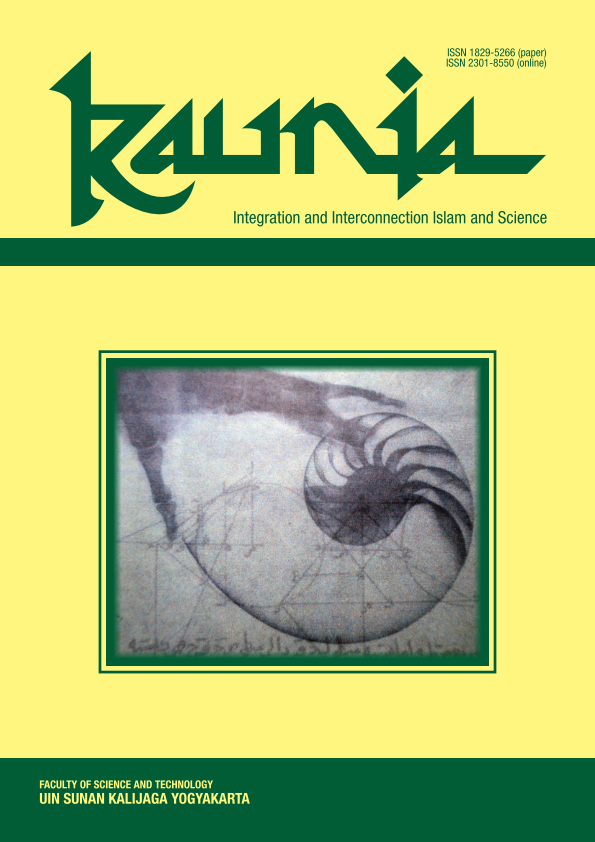Integration of Islamic Education Renewal with Science and Technology in Realizing Tri Dharma Perguruan Tinggi (Three Principles of Higher Education)
DOI:
https://doi.org/10.14421/kaunia.1318Keywords:
Integration, Islamic education, Science and technology, Tri Dharma Perguruan TinggiAbstract
The digital era has opened wide in front of eyes. Many opportunities and challenges have increasingly pointed, especially for the existence of Islamic colleges must have a resolution that bridged the various challenges. One of them renewed the integration of Islamic education with science and technology. It is also as an ikhtiar in order to realize the Tri Dharma Perguruan Tinggi (Three Principles of Higher Education), that includes education and teaching, research and development as well as community service. In order for the college does not end up as an ivory tower, Tri Dharma present as the ideals of Indonesian universities in an effort to educate the nation. The reality of Islamic education in Islamic universities, especially, spend a lot of time to discuss the dogmatic religion problem that caused many debated that led to khilafiyah. It is neglected over the growing phenomenon of science and technology that grew rapidly. Besides preoccupied with khilafiyah aspects, Islamic education teaching tends to be esoteric. In his commentary, Al-Jawahir, Shaykh Thanthawi writes that the Qur’an in it contains more than 750 verses kauniyah, verses about the universe and 150 verses about jurisprudence. This showed that the verses of the universe are more dominant than the dogmatic verses that contain the teachings as well as being a reproach to human beings to use their minds as optimally as possible. Islamic education is not only transfer of knowledge and developing of knowledge but also an education of Islam which integrated science and technology so that can contribute to society.
Downloads
Published
How to Cite
Issue
Section
License
All articles published in Kaunia are licensed under a Creative Commons Attribution-NonCommercial-ShareAlike 4.0 International license, with the copyright to these articles held by the journal. Anyone is free to read, download, copy, distribute, print, search, link to full text articles, or transform an article, in any medium or format, provided they do so non-commercially, give appropriate credit to Kaunia, and distribute any derivative work under the same (or equivalent) terms.
By submitting to Kaunia, authors agree to both the terms of the CC BY-NC-SA license and the automatic transfer of the copyright to their article if it is accepted.









